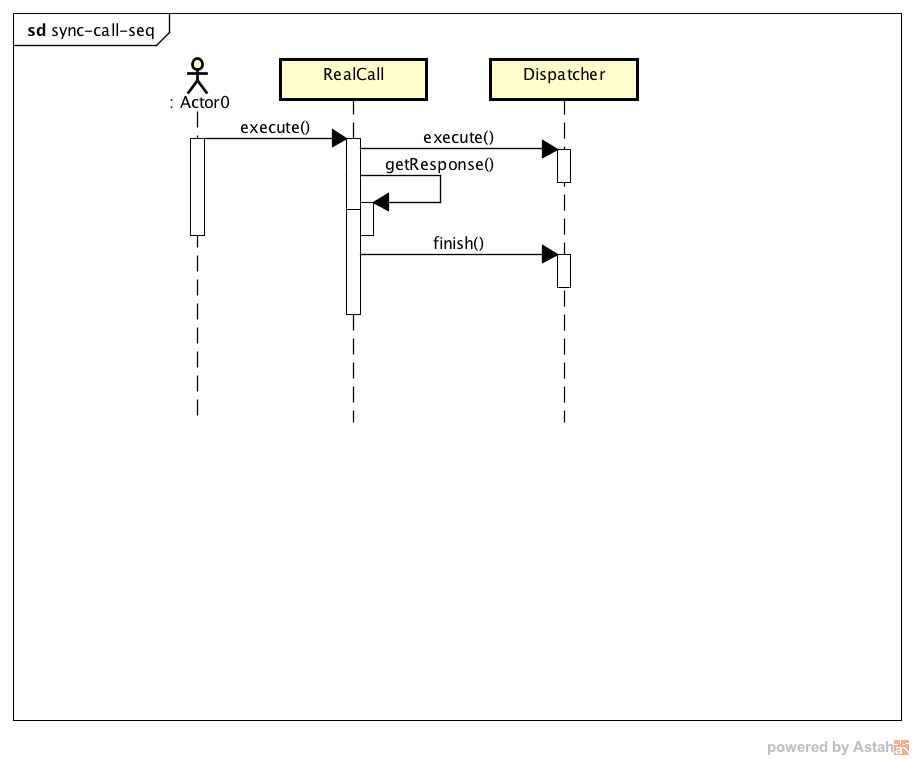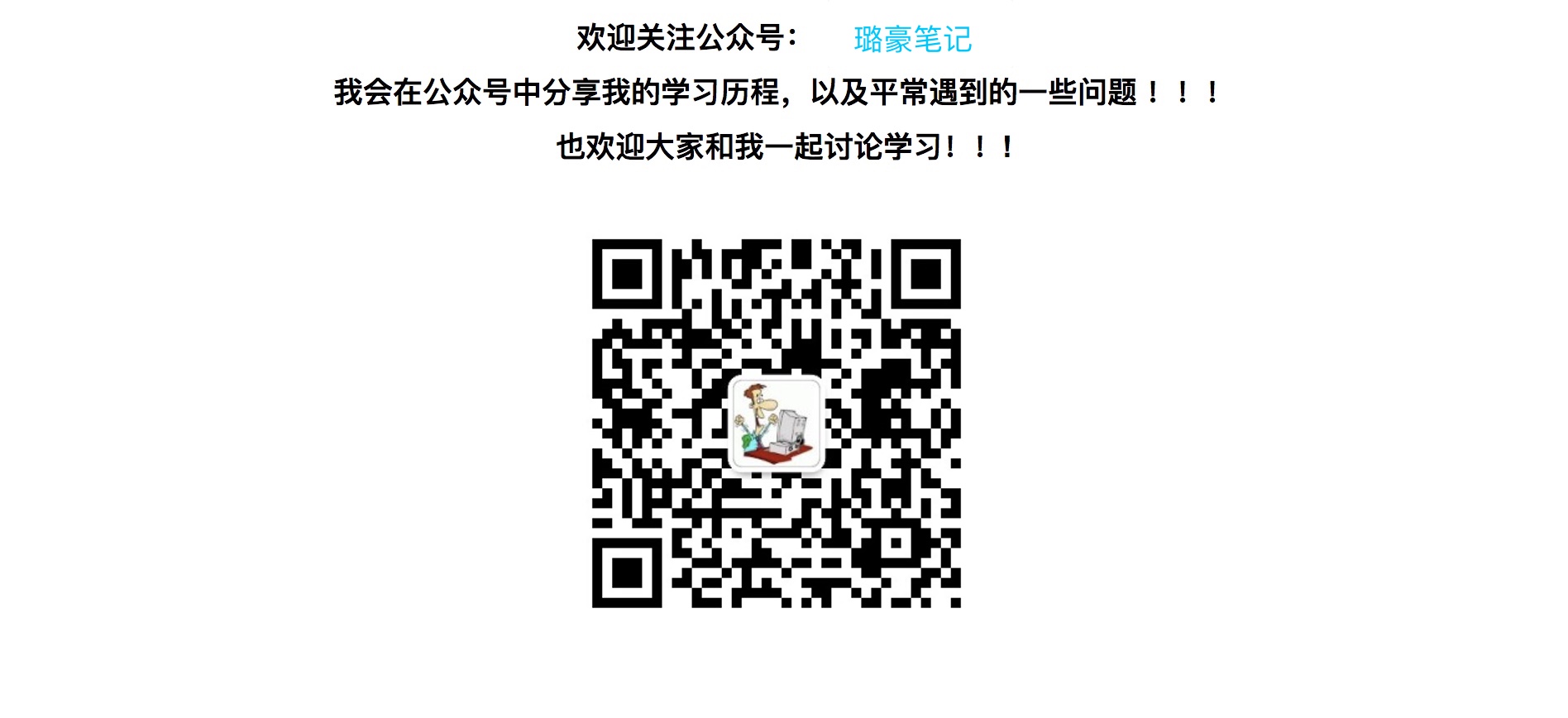前一篇我们简单介绍了OkHttp中的几个常见的概念,我们知道OkHttpClient是请求的门户(外观模式),通过OkHttpClient创建了一个Call对象,然后通过Call对象来实现网络的请求,本篇我们来看一下Call做同步和异步时候都做了些什么。
首先,我们先来看一下Call Dispatcher OkHttpClient 等的类关系图:

我们可以看到OkHttpClient实现了Call.Factory方法负责生产Call对象,查看OkHttpClient中的newCall方法可以发现,创建的是一个RealCall对象,RealCall对象持有OkHttpClient来方便使用OkHttpCLient中的配置项等。 在RealCall中有一个内部类AsyncCall是对RealCall的一次封装,在做异步请求的时候会用到这个对象。
同步请求
现在我们来看一下同步请求的调用过程, 我们先来看一下调用的序列图:

同步请求的调用过程可以总结为:
1.调用Dispatcher的execute方法
2.调用getResponseWithInterceptorChain方法获取结果Respone(具体的过程,我们之后再来做研究)
3.调用Dispatcher的finish方法,通知请求结束
异步请求
异步请求和同步调用表现基本一致,不过在异步中,RealCall中是通过封装了一个AsyncCall(一个Runnable)然后再交给Dispatcher的,然后再AsyncCall的execute方法中,依然是通过getResponseWithInterceptorChain来获取结果,然后再调用Dispatcher的finish方法来通知Dispatcher任务结束。我们来看下异步请求的序列图:

getResponseWithInterceptorChain
之前我们介绍了,不管是同步还是异步获取Response都是通过RealCall中的getResponseWithInterceptorChain方法。我们来看下方法的实现;
Response getResponseWithInterceptorChain() throws IOException {
// Build a full stack of interceptors.
List<Interceptor> interceptors = new ArrayList<>();
interceptors.addAll(client.interceptors());
interceptors.add(retryAndFollowUpInterceptor);
interceptors.add(new BridgeInterceptor(client.cookieJar()));
interceptors.add(new CacheInterceptor(client.internalCache()));
interceptors.add(new ConnectInterceptor(client));
if (!forWebSocket) {
interceptors.addAll(client.networkInterceptors());
}
interceptors.add(new CallServerInterceptor(forWebSocket));
Interceptor.Chain chain = new RealInterceptorChain(
interceptors, null, null, null, 0, originalRequest);
return chain.proceed(originalRequest);
}
可以看到 首先由一个interceptors的列表,然后调用Interceptor.Chain的proceed方法,可以理解会依次触发Interceptor并最终返回Response, 至于各个Interceptor的作用,我们在下一篇中再来做详细的讨论。
欢迎关注我的微信公众号
璐豪笔记
